Tour on the Russian national cuisine.(That's not all)
Tour on the Russian national cuisine.
Russian cabbage soup
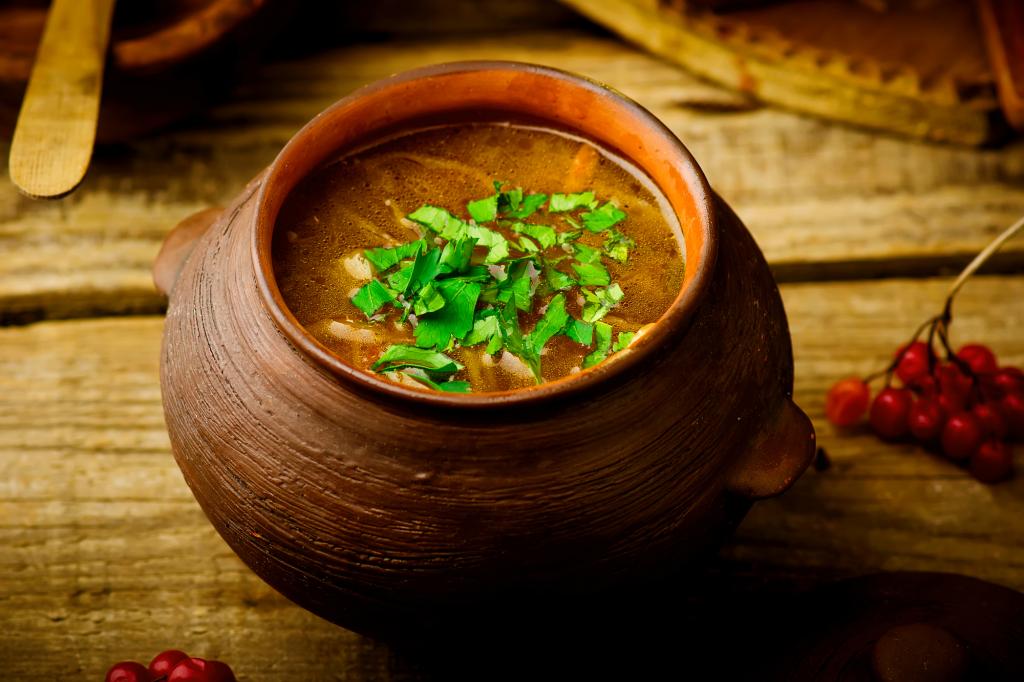
Russian cabbage soup is a cabbage soup which was thought up in the 11th century. The list of ingredients includes meat, seasonings and sour dressing from a cabbage brine. However, components can change depending on a type of Russian cabbage soup (fast, fish, green) and culinary skill of the cook — many Russians cook this soup according to own recipes.
Eat Russian cabbage soup with rye bread, seasoning with sour cream or seasonings.
Pelmeni

Pelmeni — without exaggeration a dish of Russian cuisine most known abroad. Appeared in the Urals at the end of the 14th century. The name "pelmeni" comes from the similar word of Finno-Ugric group of tongues which in the literal translation means "a grain ear". Classical pelmeni are the mincemeat consisting of beef, mutton, pork, wrapped in a fresh dough from flour, eggs and water. Ready pelmeni are cooked in the boiling added some salt water. Serve with oil, mustard, mayonnaise or another seasonings.
Blini
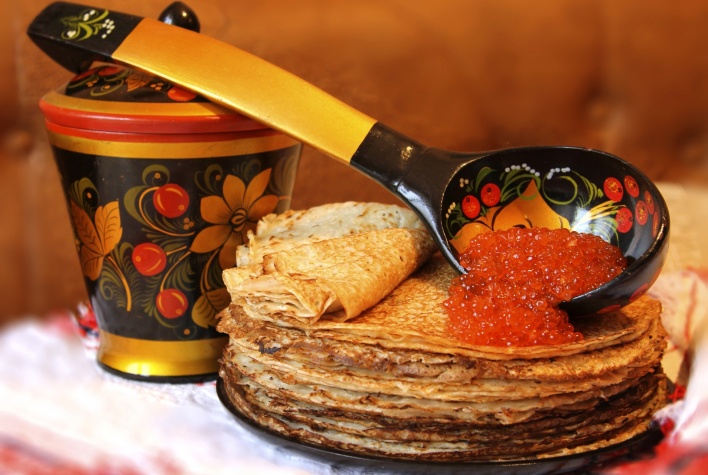
Blini — the most ancient dish of Russian cuisine which appeared in the 9th century. The recipe of preparation of one of the most known Russian viands is very simple — milk, eggs, salt, and here process of preparation is similar to skill which to seize in power not to each hostess. Liquid dough is poured out on the oil warmed on a frying pan, the cook's task — to bake toasted equal pancake without lumps and not to allow it to burn down ahead of time. The pancakes are thinner, the skill level is higher. In Russia still in the course the saying "Better luck next time" meaning failure at the beginning of any business.
Usually pancakes serve hot with sour cream, oil, honey or wrap in them various stuffings — meat, fish, vegetable, sweet, fruit and others. Special chic — pancakes with caviar.
Olivie
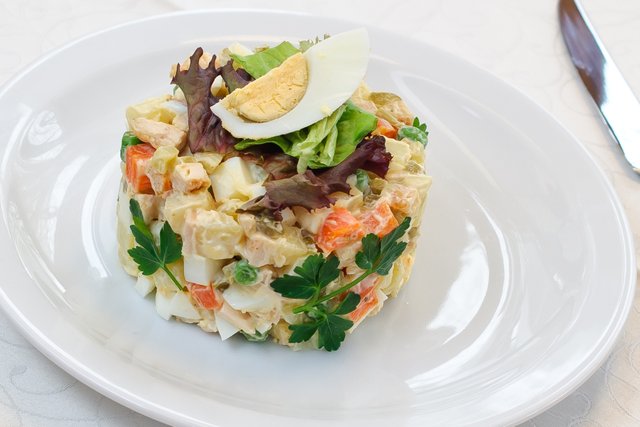
Just as it is difficult for Americans to present Thanksgiving Day without traditional turkey, and to Italians a Christmas table without lentil and the dzampena, and the New Year's table in many Russian families is inconceivable without "Olivie" known abroad as "The Russian salad". Called so in honor of the creator — the chef Lucian Olivier working in Moscow in the 19th century — it found special popularity in the Soviet years. Not the last role in it was played by simplicity of preparation and availability of ingredients.Classical Soviet "Russian salad" included boiled potatoes and carrots, sausage, the hard-boiled eggs, pickles, green peas and fennel. All this was cut in small cubes and refueled mayonnaise.
VODKA&Pickles
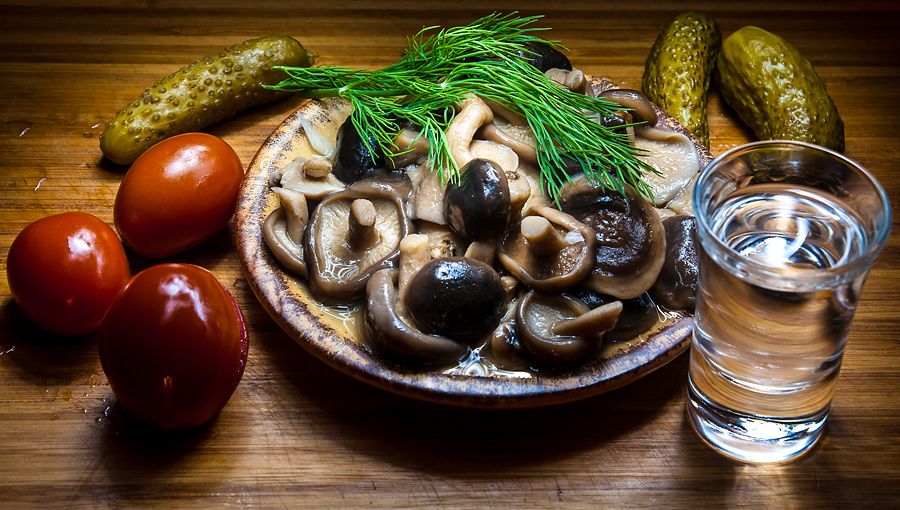
Any feast in Russia seldom does without pickles. Often cucumbers, tomatoes, cabbage, mushrooms of own salting are a subject of special pride of hospitable owners. It is accepted to have a snack on the crackling pickle smelling of fennel and horse-radish traditional Russian drink — vodka.
Varenie

Varenie — a homemade dessert. The same confiture or jam, only liquid with whole berries or pieces of fruit. Jam is done most often of the berries and fruit which are grown up on own personal plot, or gathered in the wood. The consistence, taste and the recipe in many respects depends on skill and preferences of the hostess. If to you on a visit suggest to taste grandmother's or mother's jam, don't refuse to yourself this pleasure.
Pastille
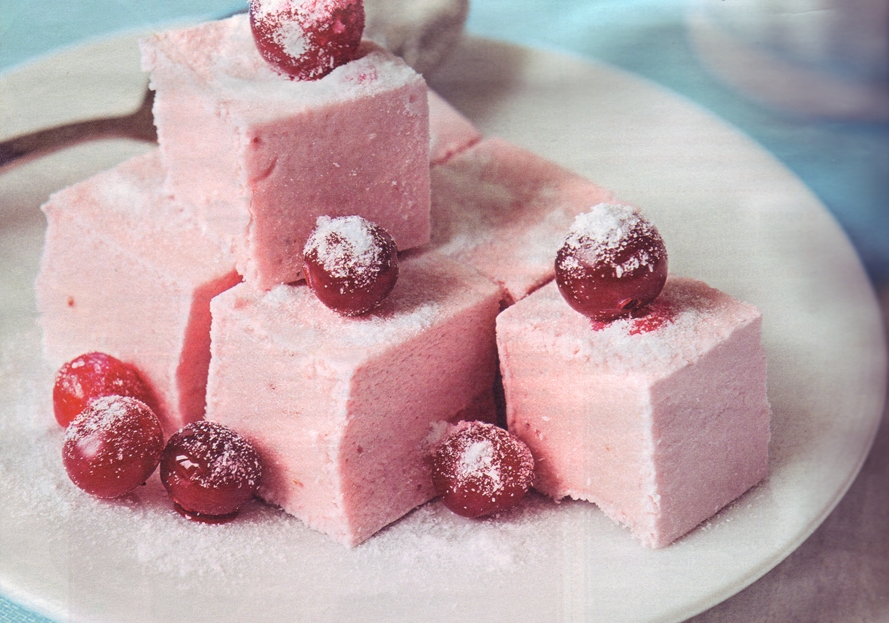
The pastila ( or fruit candy) is the traditional Russian sweet known since the 14th century. In a form and a consistence reminds a zephyr, but has own unique taste.Since the 19th century the exclusive Russian dessert began to be exported to Europe. Further the fruit candy began to be done of different grades of apples and berries.Later honey and sugar becomes an important component of pastila.
Kvass
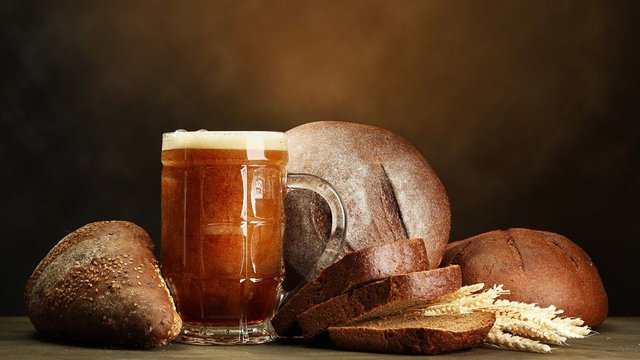
Kvass — one of the most ancient Russian drinks which was loved by all people— from peasants to tsars. It is for the first time mentioned in 1056. Until the end of the 19th century it was made as low alcohol drink (2-3 degrees) on rye malt with addition of spicy herbs, berry and fruit juice. Subsequently kvass began to be done of finished baked bread, crackers. Some Russians still infuse house kvass. Drink very much refreshes during a heat. It is necessary to drink it cooled.
Thank you;)

nice post and thank you for upvote on my post
thank you) follow me)
OMG i love it, one of my most favourite dishes, every single of them is a spot on. my most favourite is vodka and pickles. but pelmeni is my everyday food, and all other well done man .
thank you, share with your english-speaking friends, please )
Nice post! Like it
Wow - everything looks so yummy !
Glad to meet you!! I will follow you!!
Great and informative post! Now i have some new cooking ideas :)